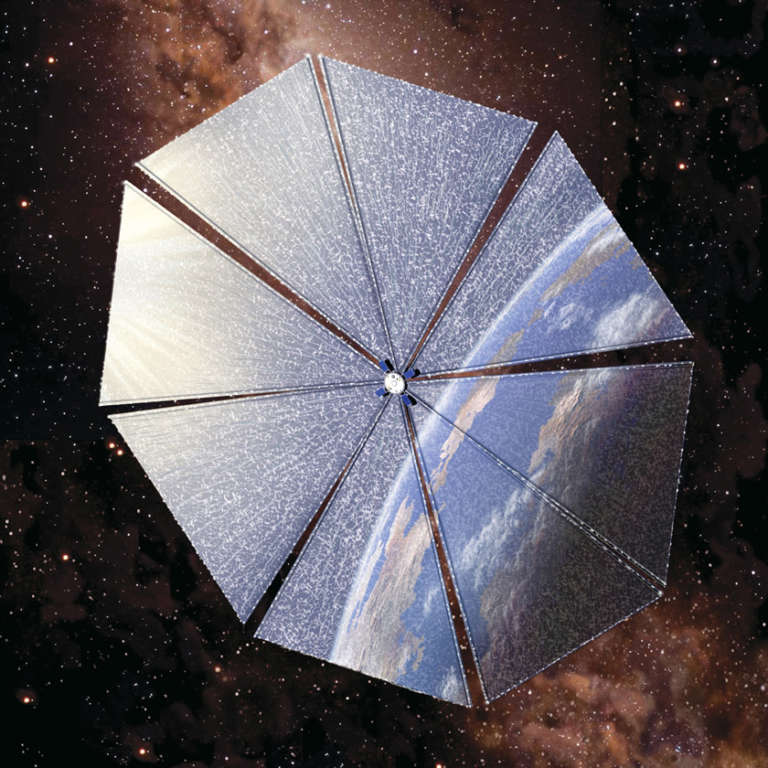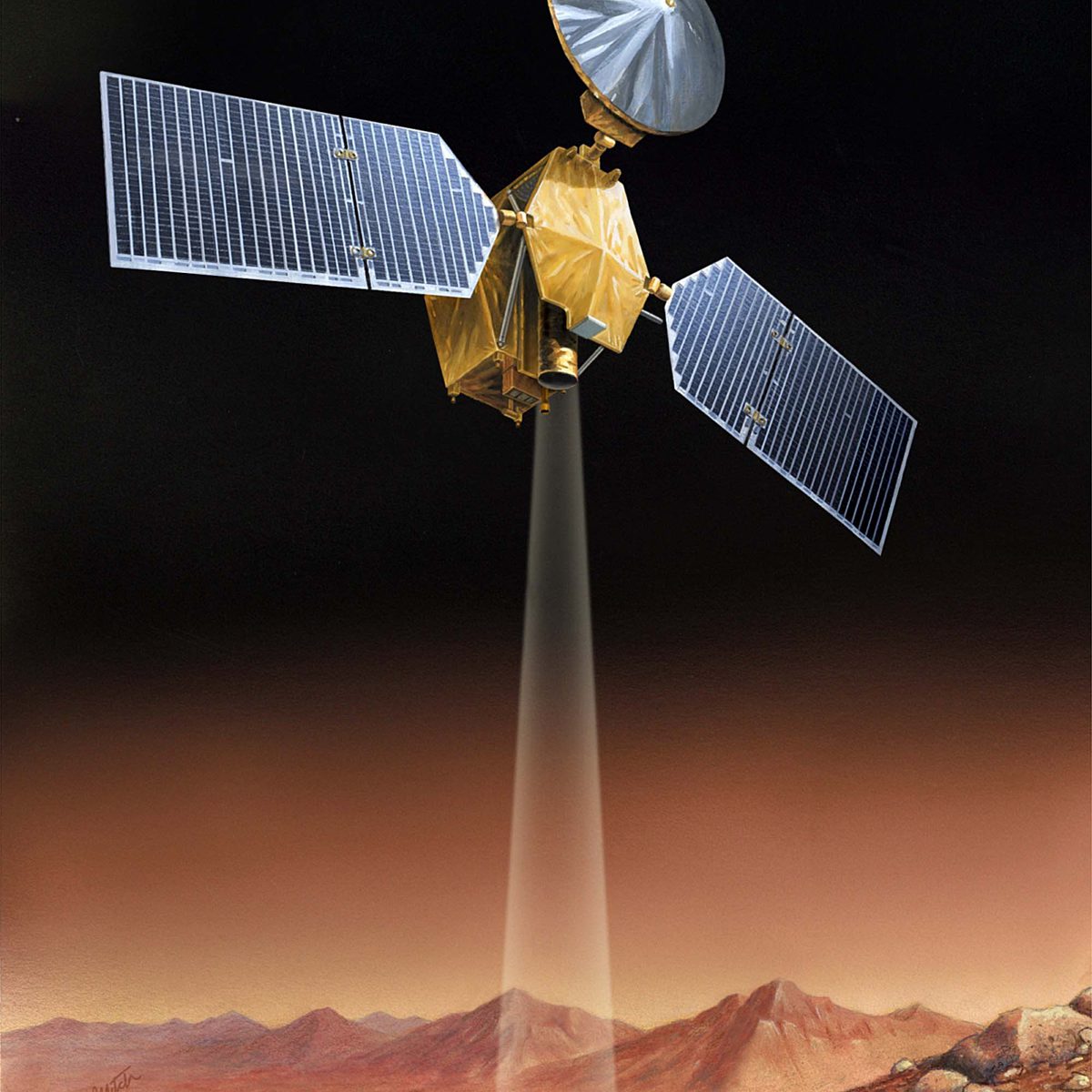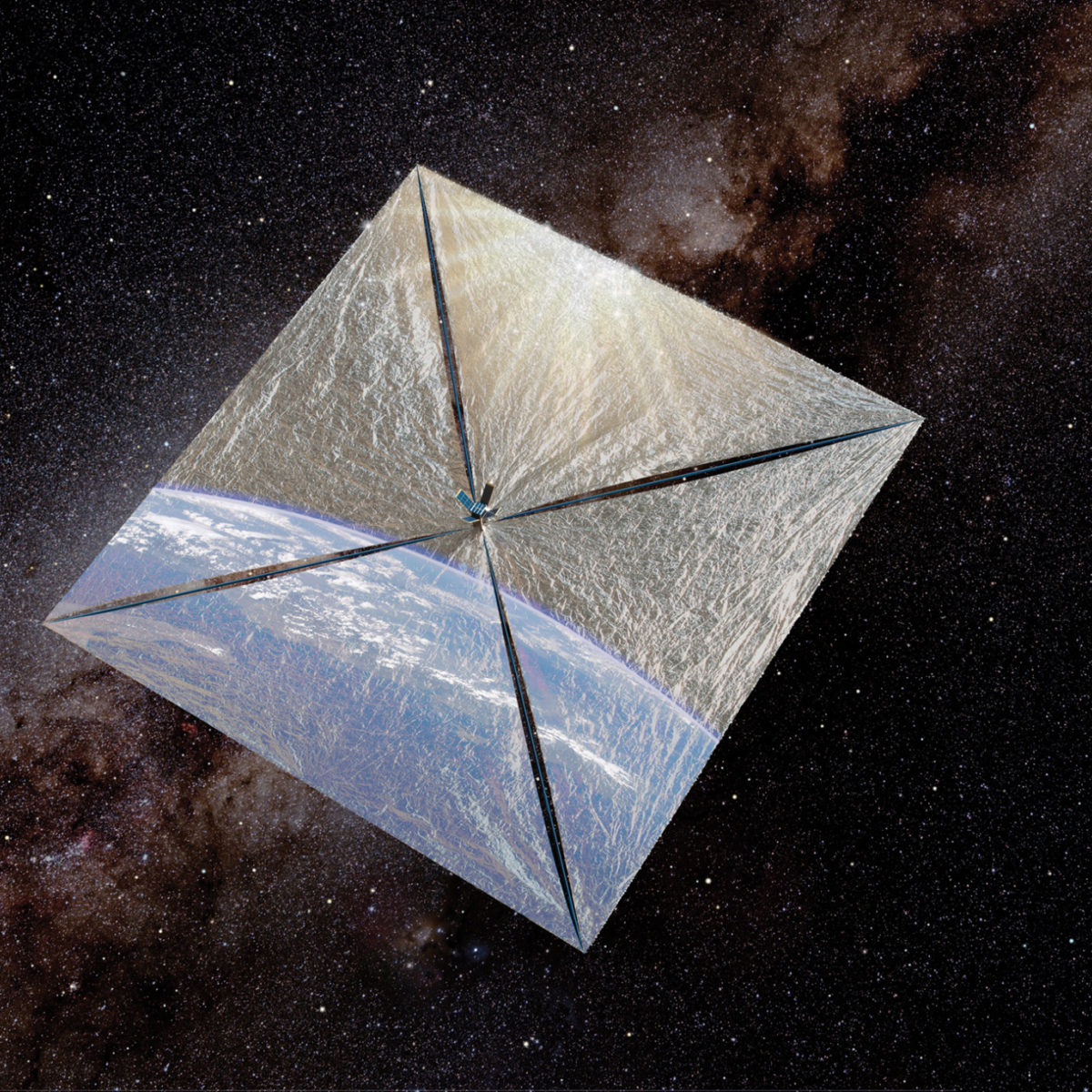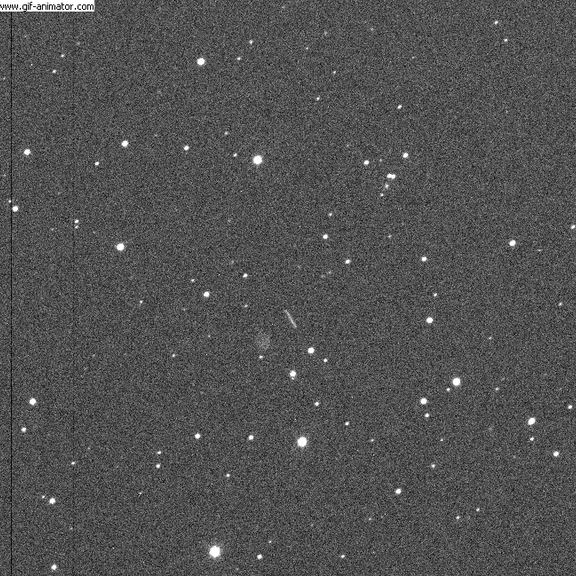All
All
Stories, updates, insights, and original analysis from The Planetary Society.
The 2007 Gene Shoemaker NEO Grant Recipients
In 2007, The Planetary Society awarded $34,500 as part of its Gene Shoemaker Near Earth Object (NEO) Grant Program. The grants were made to a group of international researchers to find, track, and characterize potentially hazardous NEOs.
Updates from Past Recipients of the Shoemaker NEO Grants (1 March 2007)
Thanks to The Planetary Society Shoemaker Grant, the 1.06-meter KLENOT telescope optics was completed at the Klet Observatory. Regular observations of the KLENOT project started in March 2002 under the new IAU/MPC code 246, so we can now present results covering 5 years of this work.
With Observations in Full Swing, Team Prepares to Remove "Sunglasses" from Telescope
Winter time is observing time at the Oak Ridge Observatory in Massachusetts, when humidity is low and the sky is often clear. And so it has been for the Optical SETI telescope, which opened its doors in April 2006.
Keeping an Ear to the Center of the Galaxy, Southern SETI Prepares for Great Leap Forward
Located in the southern part of the continent of South America, Southern SETI has a continuous view of densest star-fields in our galaxy. And, since 1990, it has been sponsored and supported by The Planetary Society.
Telescope Goes "Semi-Automatic"
Andrew Howard talks about the
Update: Monitoring the Weather?
The bigger the dream, the harder it is to achieve it. Our dream at The Planetary Society is to fly the first solar sail mission -- and prove the technology that might someday take humanity to the stars.
With Multi-Beam Receiver, SETI@home Takes Giant Step Forward
In seven intense days spent at the radio telescope Chief scientist Dan Werthimer and his colleagues completely overhauled the way SETI data is gathered at Arecibo, and ensured that SETI@home will henceforth enjoy the benefits of gathering data with the most advanced equipment anywhere in the world.
Updates from Past Recipients of the Shoemaker NEO Grants (18 July 2006)
Using the Shoemaker NEO Grant funds, Minor Planet Research has purchased a 1.7-terabyte data server for our Asteroid Discovery Station (ADS) education outreach program Through the generosity of Dr. Philip Christensen, this server is housed at the Mars Space Flight Facility (MSFF) at Arizona State University in Tempe, Arizona.
Telescope shows its Amazing Capabilities
During a few observation sessions in late April, the new Optical SETI Telescope was already demonstrating its amazing capabilities. Over three nights, the telescope completed 17 hours of observation, under the direction of Paul Horowitz and his team of Harvard graduate students. During that time, the telescope observed 1% of the sky, looking for the briefest flashes of light coming from outer space.
Searching for E.T. and the Cure for Cancer:The Planetary Society Helps Trigger a Computing Revolution
Planetary Society members truly have helped pioneer new techniques in the conduct of science. Our initial investment has returned amazing results that will continue to deliver benefits over years to come.
New items on the website: Rover update and Stardust@home
I just wanted to point out a couple of new items on the website.
The Planetary Society Optical SETI Telescope Opens
On April 11, 2006, a new era dawned in the search for extraterrestrial intelligence (SETI) with the dedication and beginning of operations of The Planetary Society Optical SETI Telescope in Harvard, Massachusetts. It is the first devoted optical SETI telescope in the world. The telescope was constructed by Paul Horowitz and his group at Harvard University using funding from Planetary Society members.
Notes from this morning's Mars Reconnaissance Orbiter press conference
They held the usual pre-arrival press conference this morning for Mars Reconnaissance Orbiter. This press conference typically doesn't convey any information that people who have been paying attention don't already know.
Update: Getting Started
The Planetary Society solar sail team is working to try again to fly the world’s first solar sail spacecraft.
2005 Cosmos Award Honoree James Cameron
The Society awards its first Cosmos Award for Public Presentation of Science director James Cameron.
The Planetary Society and the Search for Extrasolar Planets
Almost since it was founded in 1980, The Planetary Society has been there for the search for other worlds.
The End of Cosmos 1, the Beginning of the Next Chapter
Cosmos 1 was—and is—a great effort, and one we are proud The Planetary Society tried to do. Our independent grassroots organization built and launched a spacecraft whose technology promises to one day open up interstellar travel.
A lack of information for a Deep Impact update
I had very much hoped to be able to post an update about the Deep Impact mission this week, but it looks like my various sources are keeping very very quiet (or maybe they are just tired of me pestering them :)
Updates from Past Recipients of the Shoemaker NEO Grants (17 August 2005)
Following last year's Potentially Hazardous Asteroid and a few other non-main-belt discoveries, I looked into what improvements I could make to more efficiently image the sky. The major advance involved the design of a 3-lens corrector comprising 2 stock lenses and a custom lens I made myself.


 Explore Worlds
Explore Worlds Find Life
Find Life Defend Earth
Defend Earth


 Sun
Sun Mercury
Mercury Venus
Venus Earth
Earth Mars
Mars Jupiter
Jupiter Saturn
Saturn Uranus
Uranus Neptune
Neptune Small Bodies
Small Bodies









